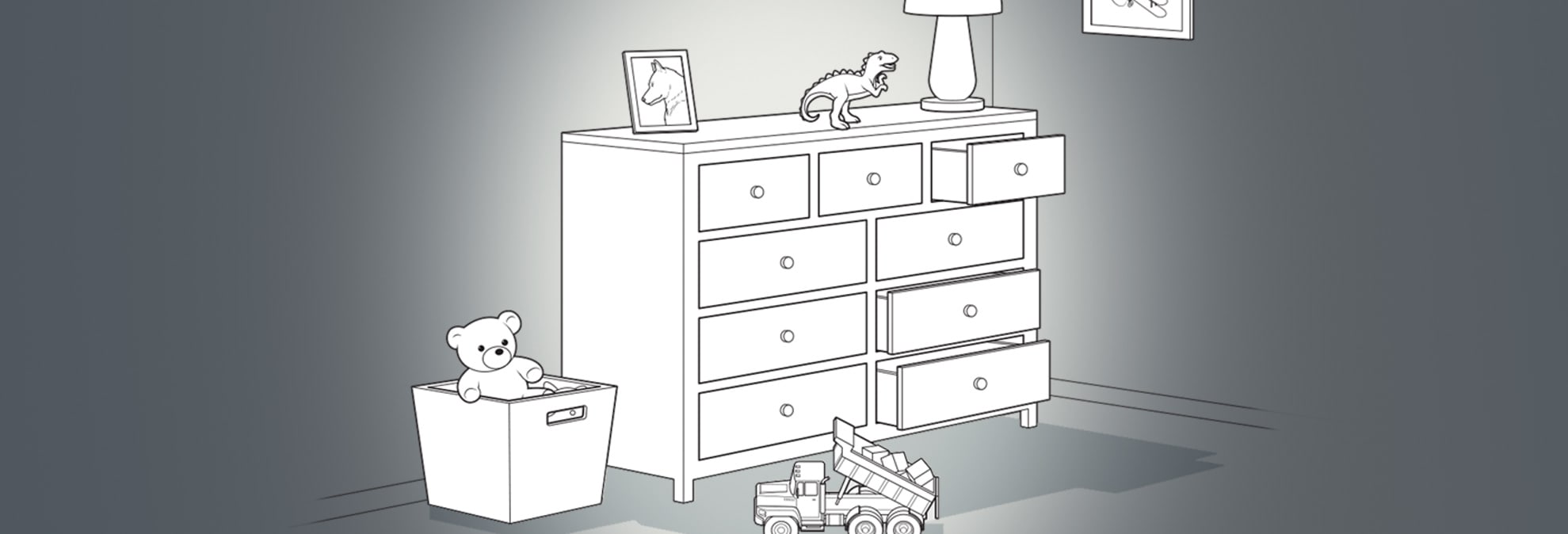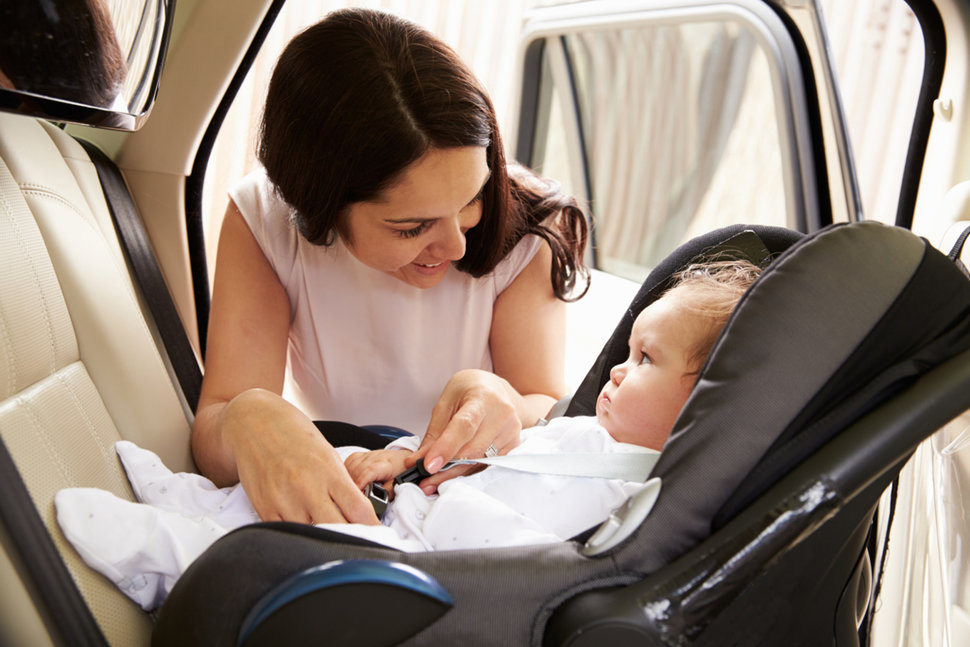In the wake of this week’s earthquake, I’ve noticed that there’s been lots of subsequent commentary – from TV to Twitter feeds – about just how uneducated and unprepared east coasters were/are when it comes to earthquakes. This has been repeatedly noted to be in stark contrast to anyone and everyone who has ever lived on the west coast, for whom the eventuality of earthquakes and the associated disaster preparedness has become an accepted way of life. To be fair, I must say that it certainly seems understandable, given what most of the general public has been taught about plate tectonics, that we cut those east coasters who mistakenly ran out of buildings rather than hiding under their desks some slack.
That said, I also firmly believe this week’s unlikely earthquake has the potential to serve as a powerful teachable moment. No, the lesson learned isn’t that everyone on the east coast needs to go take all the same precautionary measures as those who live on known fault lines, or that any of us in the Midwest (with a few geographic exceptions) need to hurriedly sign up for a remedial course on “what to do in the event that an earthquake hits the heartland.” Rather, all the talk about earthquake preparedness (or its lack thereof) gives me the opportunity to bring up many important instances in which parents can and should expect the unexpected and plan accordingly. As a pediatrician, I can think of countless ways in which parents can better insure their children’s health and well-being by simply understanding the risks and planning ahead. For the sake of today’s blog, I offer you the following examples.
Tornados. For us Midwesterners, tornadoes are naturally of much greater relevance than earthquakes or hurricanes. And just as bolting one’s bookshelves to the wall may be foreign to us, I’m not sure how many Californians would recognize the meaning of a tornado siren and know to immediately head to the center of an interior room on the lowest level of a building away from corners, windows, doors and outside walls if a pre-designated storm shelter or basement isn’t available. All of the 250 students and staff at my child care center know what to do, however, as we faithfully practice each month getting everyone down into our custom-built basement storm shelter…all in 8 minutes or less. Similarly, my family has a game plan in place at home. Now would be a good time to make sure yours does as well.
Fire. Although tens of thousands of Americans die or are injured in fires each year – with a vast majority caused by house fires – I consider my family fortunate to have never personally experienced one. And I certainly never hope to. I don’t smoke, so the likelihood of cigarette ashes or a lighter starting a fire aren’t of concern. Nor are lit candles or the flames from a gas stove, since we don’t have either in our house. But that doesn’t mean that I don’t bother to take extra precautions, because I do. I have smoke detectors installed on every level of my home, and yes….they all have new batteries in them that I make a concerted effort to replace every year. These and other home prevention measures require minimal time or expense, and are more than worth the effort. While you’re at it, I also suggest inquiring as to what fire prevention and response measures your children’s child care and/or school have in place, and make sure they include regular fire drills and appropriately placed fire extinguishers/ sprinkler systems.
Vaccine-preventable diseases. Natural disasters, as well as man-made ones, shouldn’t be the only focus of your preventive efforts. Considered to be one of the greatest public health discoveries of all time, vaccines now offer us the opportunity to prevent diseases that in generations past claimed the lives of millions. Now I know that the threat of a disease such as polio (which until recently was all but eradicated) may not seem as real as it used to in the days of iron lungs, but the fact of the matter is that the threat of vaccine-preventable-diseases has proven itself time and again to be anything but hypothetical. And the likelihood of an outbreak of measles or pertussis, for example, is much greater than, say, an earthquake on the east coast, given that exposure to these diseases is only a plane-ride away.
Transportation Safety. I won’t belabor the importance of parents being committed to understanding, promoting, and enforcing transportation safety principles, except to say that injury-prevention innovations such as bike helmets, car seats and seatbelts should be considered worth their weight in gold. I don’t care if you’re the world’s best driver and your child is the world’s safest bike rider – you still need to prepare for the unexpected. I am also well aware that even if I convince you, you may well be faced with resistance from your children, as I have three helmet-resistant children of my own (who nevertheless have always been required to wear a bike helmet since the day they were introduced to tricycles). While lots of kids loudly and often successfully protest the use of booster seats, mine didn’t, because they knew it would fall on deaf ears.
Given that there are many, many more worthwhile preventive measures that you can take, I hope that your own pediatricians continue sharing these and other tips with you. I also want to leave you with several useful resources that will allow you to hope for the best for your children while pro-actively avoiding the worst.
Originally posted on Omaha World Herald’s Live Well Nebraska


